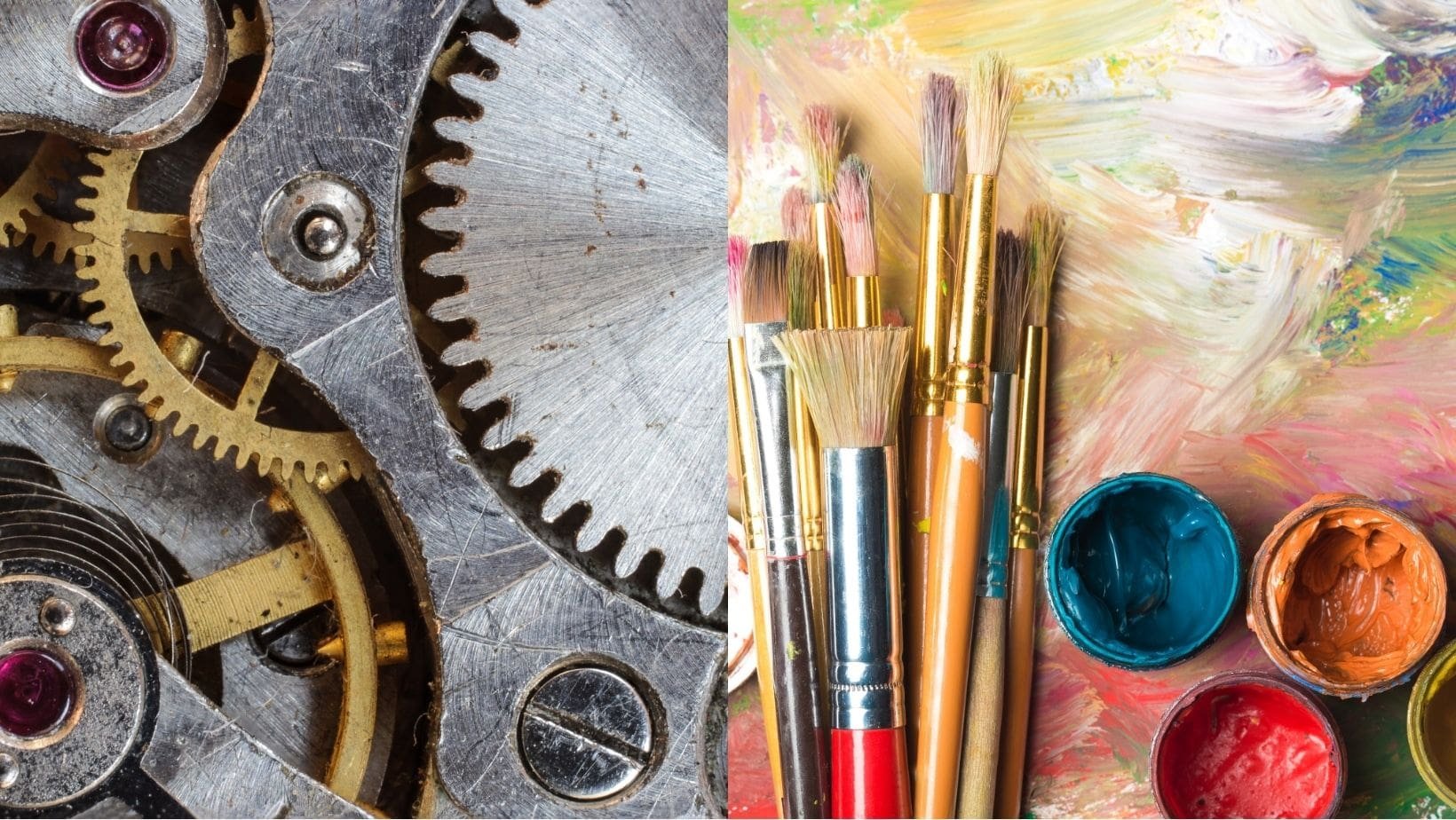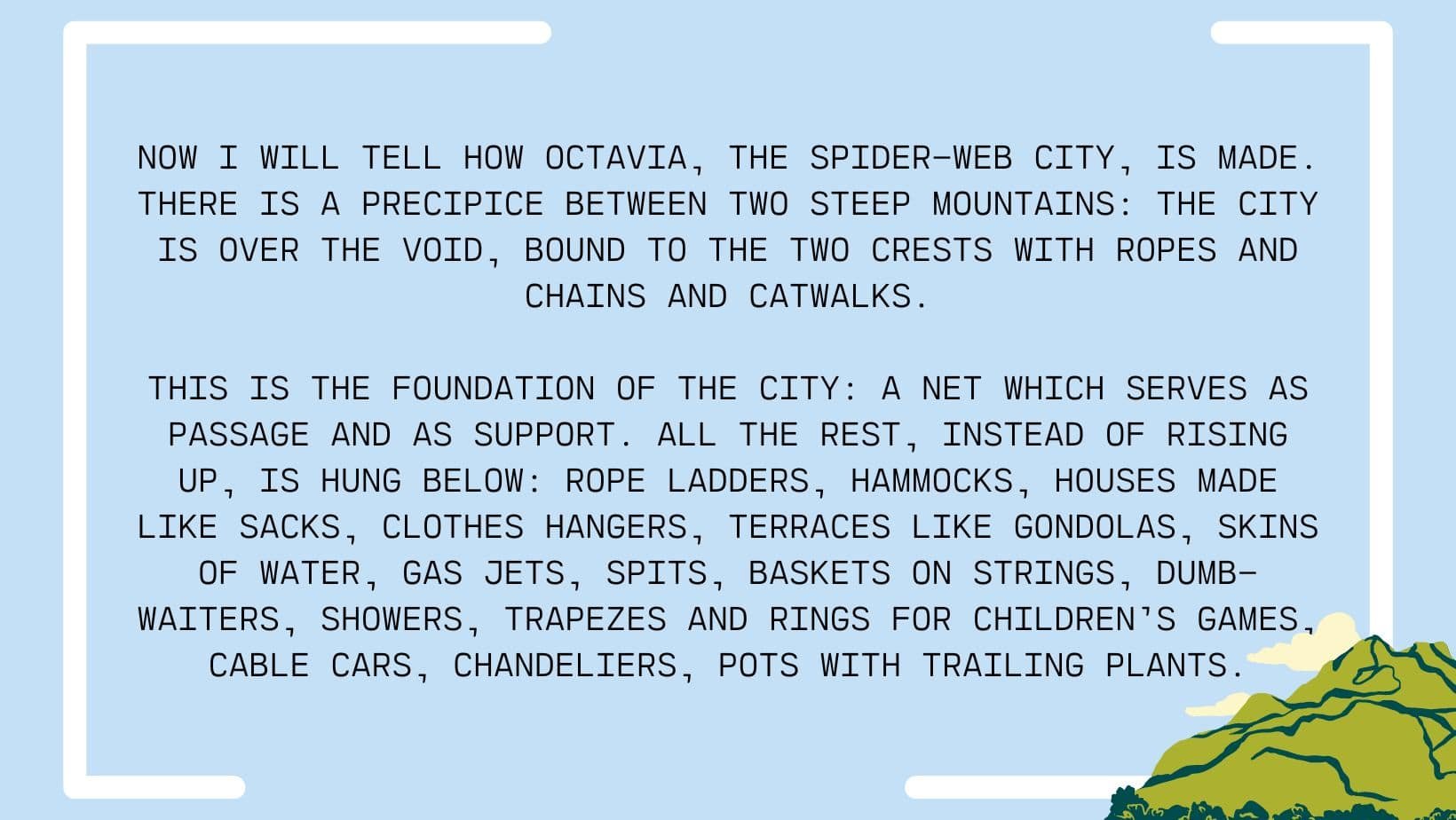Cambridge Design Engineering 2025: Your Guide to Personal Statements and Interviews
Understanding the Cambridge Design Engineering Course
The Cambridge Design Engineering Course blends architecture, engineering and materials sciences all in one degree. Unlike the Imperial course which includes an industry placement, the Cambridge Design Engineering course is project-based with core studio projects. In these studio projects, students tackle real-world problems and come up with design solutions related to environmental and societal challenges. These projects may involve designing physical objects, apps, artificial intelligence or electronics.
The Cambridge Design Engineering course places an emphasis on sustainability in design to help you create solutions to real world problems. In your first year, you’ll study modules such as Environmental Design, History and Theory of Design, alongside foundational Maths and Programming to give you the core design skills. Optional modules in your second year include topics like: Natural Materials and Structures; Robotics, Automation and Advanced Fabrication Techniques; and Artificial Intelligence.
By your third year, your studio projects will become more complex, requiring you to intregrate the knowledge you have gained in previous years. In your final year on the Cambridge Design Engineering course, you devote the whole year to a studio design project, alongside writing a dissertation, giving you the opportunity to showcase your creativity and mastery of Design Engineering skills.
At the end of each term, your studio work will be assessed through your portfolio, presentations and coursework to account for 50% of your overall grade for the year. The rest of the curriculum is assessed through coursework to form the final 50%.
Learn more about what studying Cambridge Design Engineering may be like by reading Joy’s story of a creative engineering degree here.
Cambridge Design Engineering Application Key Info:
The entrance requirements for Cambridge Design Engineering are A* AA, with an A* in Mathematics.
Recommended useful subjects could be Physics, Art and Design, and students may find it helpful to take an essay subject.
You’ll also need to sit a 30 minute, online admissions test and submit a portfolio of work
If you’re selected for interview, you’ll bring an extended portfolio of work to discuss for this.
Crafting a Cambridge Design Engineering Personal Statement
What is Design Engineering?
In order to write a strong Cambridge Design Engineering personal statement, you need to show you have spent time researching the subject and the degree. As Design Engineering is a blend of disciplines which could be interpreted in varying ways, it’s a good idea to have your own strong definition of what the subject is and its world impact. It’s likely you’ll be asked at interview “What is Design Engineering?” so get thinking about this now and be sure your personal statement reflects your answer.
Consider this definition:
“Engineering design is the systematic, intelligent generation and eveluation of specifications for art and artefacts whose functions achieve stated objects and satisfy specified constraints. “(Clive Dym, Harvey Mudd College, Cambridge)
Do you agree?
Independent Research for your Cambridge Design Engineering Personal Statement:
Equally, your definition should be informed by research and reading which expands your knowledge of Design Engineering and showcases your enthusiasm to study it at university. We recommend starting your reading early to give you lots of time to explore ideas. As you read, take notes on relevant information. You might want to create a bank of design engineering examples. These will be useful to reference in your Cambridge Design Engineering personal statement and to draw from in your interview.
Here are some useful articles, books and podcasts to get you started:
Online Resources:
Designing Buildings: A construction wiki
The Funambulist : An online resources exploring the politics of space and bodies
Urbanista: Offers interesting critical perspectives on contemporary urban design
Dezeen: Great page for design updates and innovations
Books:
• Bo Bardi, L., Stones against Diamonds,
• Moore, R., Why we build, Picador,
• Pallasmaa, J., The Eyes of the Skin, Wiley,
• Perec, G., Species of Space and Other Pieces, Penguin,
• Rasmussen, S.E., Experiencing Architecture, MIT
• Till, J, Architecture Depends, MIT press
Podcasts:
You can also showcase your interest in the course by exploring the Cambridge Design Engineering topics listed here. Cambridge have provided some great reading suggestions per topic, so find an area that interests you and do some exploring!
A really strong Cambridge Design Engineering personal statement will have a narrative thread/thread of interest running through it. In a strong application, this thread will also run through your portfolio and interview responses. Bear this in mind as you research Design Engineering and start to find out what really interests you, and see how you can apply this to your portfolio.
However, it's important that your understanding of Design Engineering isn’t solely theoretical. There are lots of ways you can start to take a more practical approach to the subject!
Minds Underground offers a Design Engineering Course every week, led by a Design Engineering graduate. This program provides a comprehensive introduction to Design Engineering and guides you through the various stages of a design engineering project. Learn about design engineering principles, human-centred design, sustainable design, how to meet a design brief, how to pitch and more. Throughout the course, you'll develop your own independent project with support from the course leader. In the final session, you'll present and pitch your project, receiving valuable feedback. This is an excellent opportunity to indicate your development of key design engineering skills as well as to build and develop a portfolio of work to showcase at interview. Learn more and secure your place, here.
Excelling in the Cambridge Design Engineering Assessment
As part of the Cambridge Design Engineering application process, you’ll be asked to complete a short 30 minute online assessment. As part of this, you’ll also be asked to carry out a short drawing task (which you may then be asked to discuss in interview). This task is testing your ability to think in a visual and spatial manner and interpret your environment in visual terms.
Your general portfolio preparation will prepare you well for this task but you can practise with the below prompt:
E.g. Draw the room in which you are sitting, on one side of A3. You may take any viewpoint; there could be a single drawing, or multiple sketches; you can show views from the room or just within the room, or both; you may include people and furniture, or not.
Try drawing the same space from different viewpoints, including vs excluding different objects, and drawing different rooms.
Join our Design Engineering Course
Hosted by a Design Engineering graduate and application mentor, these sessions are crafted to build your passion for Design Engineering and help you explore the subject in ways that most interest you. They offer a practical, hands-on approach to engage with the field, helping you build your portfolio and gain valuable experiences to discuss in your Cambridge Design Engineering personal statement and interview.
How to Create an outstanding Cambridge Design Engineering Portfolio and Work Submission?
As part of your application, you’ll also be asked to send some submitted work for the Cambridge Design Engineering course. Note that this is separate from the portfolio Cambridge will ask you to provide if you’re invited to interview.
Your submitted work should be a PDF of 6 A4 pages. Your portfolio, on the other hand, should be a presented as a short 5-10 minute powerpoint for online interviews. You should choose submitted works that also reflects what you would show at interview. Before your interview, make sure you rehearse presenting this.
In both your portfolio and submitted work, Cambridge emphasises that your drawings don’t have to be (and in fact shouldn’t solely be) architectural. Like in the Design Engineering assessment, they are reviewing your ability to think spatially and visually. Attending life drawing classes and producing still lives and landscapes are a really great way to showcase this. While drawing and painting should be the basis of your portfolio, you’re welcome to present work in a range of media including sculpture and/or photography, though you should make sure this reflects the design engineering skills Cambridge is assessing if you’re doing so.
Like your personal statement, think about having a narrative thread through your work that showcases your style, abilities and interests. We recommend you keep a sketchbook which shows the ongoing progress of your work so that Cambridge can review the different stages of your designs.
Here’s an unconventional Cambridge Design Engineering prompt you could try to hone your drawing skills and ability to transform a verbal prompt into something visual. The extract is from Italo Calvino’s Invisible Cities:
Using this prompt, draw the city described.
Make your drawing in a personal sketchbook that you keep throughout your application preparation. This will be important for the Cambridge Design Engineering interview when you’re asked to bring a portfolio of work that demonstrates your progress.
Cambridge Design Engineering Interview Tips
Know your why
It’s really important to be clear on why you want to study Cambridge design engineering. As mentioned above, make sure you’re clear on a definition of what design engineering is and your motivation for studying it. Be prepared for typical questions like “Why not architecture?” “Why not engineering?”
Why Cambridge?
Make sure you know the Cambridge course well and you’re clear on why you want to study that course, rather than any other. You may find it useful to reference our guide to Design Engineering at Imperial to understand some of the key differences.
Stay up to date
Your independent research for your Cambridge Design Engineering application doesn’t end when your personal statement is submitted. Make sure you keep reading and researching, especially in the run up to interview. For a course like Design Engineering, you really want to make sure you’re up to date on any recent innovations or developments in the field. The online resources referenced above are useful for this.
Memorise Examples
You’ll need to know some examples by heart to perform well in the interview. Refer back to the case study notes we advised you to make when doing your initial research — these will come in immensely useful now. Pick three to learn in detail before the interview. It’s important anything you do bring up you can expand on and answer questions on, so don’t just bring up an example you read once and can’t remember well. By learning a few, varied examples well, you put yourself in a great position to provide relevant examples to justify your ideas in the interview.
Try your hand at Design Engineering
Before your personal statement or interview, working one on one with a U2 Cambridge Design Engineering tutor allows you to explore an area of design engineering that excites you. In these carefully-structured sessions, you can select from a range of projects which hone various Design Engineering skills and guide you through key design engineering project phases—from understanding the brief to designing and pitching a final concept. This hands-on experience will provide plenty of interesting talking points for your Cambridge Design Engineering interview, build your portfolio of work and showcase your willingness to get stuck into the subject. Explore our independent research projects, here.
Further Cambridge Design Engineering Interview Support
If you’d like the opportunity to practise a Cambridge Design Engineering Interview, sign up for our mock interview days. On these days you’ll have two one-to-one interviews and receive in-depth feedback for each of these. This is a great opportunity to experience the kinds of questions that come up in an Cambridge Design Engineering Interview and practise responding to them in a constructive interview environment.
Looking for guidance on your Cambridge Design Engineering application?
U2 offers several ways to support you through your Cambridge Design Engineering journey. Our Design Engineering course is an excellent opportunity to build relevant experience for your application.
For a more personalised approach, you can work one-on-one with a U2 tutor who graduated from the Cambridge Design Engineering course. They can guide you through a research project tailored to your interests, as well as help with all aspects of the Cambridge Design Engineering admissions process, from portfolio development to interview preparation.
Book a free consultation to learn more about how U2 can help strengthen your application for Cambridge Design Engineering.
The Process:
1) Tutor Selection: We recommend a Cambridge Design Engineering graduate as your tutor and provide their CV for your review. Our tutors possess in-depth knowledge of the admissions process at Cambridge and other top institutions. They are equipped to guide you through personal statement writing, portfolio preparation, admissions test preparation, and interview mentoring, including mock interview days.
2) Initial Assessment: We typically start with a 1.5-hour informal assessment or taster session, where the tutor evaluates the student’s current skill level and provides feedback on any admissions tests (if applicable) and interview practice. Following the session, we offer a detailed feedback report and a personalised plan to optimise your preparation.
3) Ongoing Application Support: During regular tutoring sessions, the focus is on developing material for your personal statement and preparing for interviews. Tutors help students refine their interests within Design Engineering, expose them to various approaches and concepts, and guide their reading and exploration of the subject. Students will also have the opportunity to undertake a Design Engineering project to showcase their skills.
Sessions are flexible in frequency and can be tailored to the student's needs. Options range from ad hoc meetings to a comprehensive preparation programme which could include independent research projects and mock interview days. U2’s Cambridge Design Engineering tutoring provides a unique learning opportunity and offers invaluable support through the Cambridge Design Engineering application process.
Sessions from £70/h + VAT.







